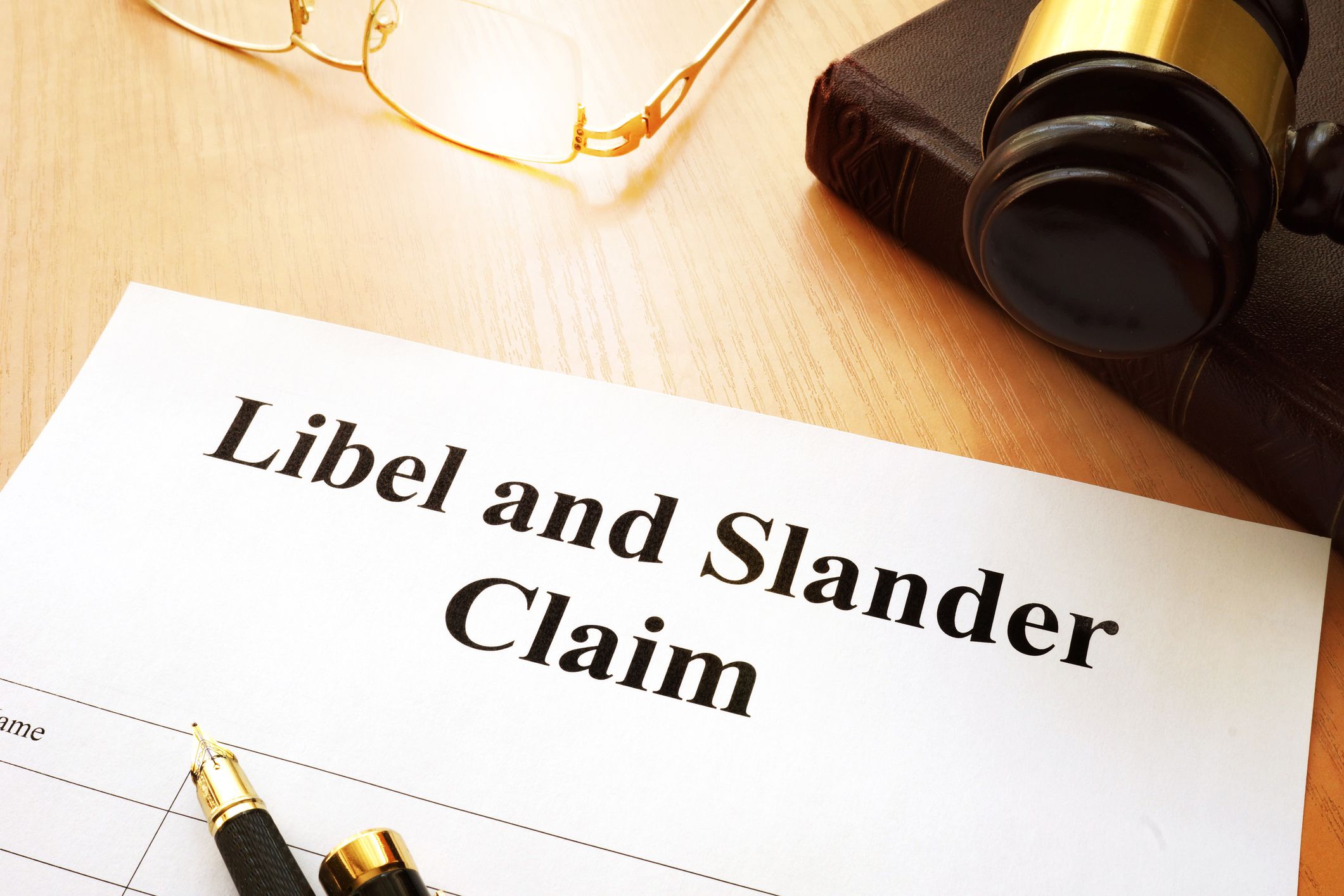At the beginning of 2018, new rules regarding partnership audits came into effect. However, guidance and clarity have been lacking and certain critical issues remained unclear.
As financial planners and advisers began untangling the new partnership audit rules, the landscape of partnership audits had dramatically changed. The changes may appear insignificant, with only minor changes on your tax filings, but failure to comply with the new rules can have far-reaching legal consequences. TMPs are Out and PRs Are In
TMPs are Out and PRs Are In
Prior to January 1st, 2018, partners would designate a TMP (Tax Matters Partner) who would deal with the IRS and report back to the other partners. To settle an audit, the IRS would need all the partners’ agreement.
However, under the new regulations, the IRS now only works with one partner, the PR (Partnership Representative). The PR, unlike the TMP, no longer has to receive the agreement of every partner to settle an audit. The PR has total authority to bind the partnership to their negotiations.
The PR doesn’t even have to be a member of the partnership. It could be a third-party the partnership has entrusted to negotiations. If your partnership does not nominate one (by placing their name in your tax returns), the IRS is allowed to appoint a PR for you, of its choosing. It is therefore essential your partnership sits down with a lawyer to appoint a PR and ensure everyone understands their role.
Smaller Partnerships May Opt Out
Small partnerships, defined as partnerships with fewer than 100 partners, may opt out of the new partnership audit rules. To qualify, the partnership must meet the following criteria:
-Fewer than 100 partners.
-The partners must be individuals, C-corporations, S-corporations, or estates of deceased partners (partnerships with partners that are trusts cannot opt out).
The Burden of Any Tax Losses Falls on the Partnership
The new partnership audit regulations attempt to place the burden for tax losses on the whole partnership. Under the old legislation, imagine a partnership filed its tax returns in 2018, then the following year, two partners who owned 50% of the partnership sold their interests and left. If this partnership was then audited in 2020 for the financial year ending in 2018, and the IRS found a tax loss, the financial burden would only fall on the partners who remained in the partnership in 2020. The two former partners would escape without repercussions.
The new regulations seek to close this loophole. It has included a section which allows partners to “push out” tax losses onto partners that held an interest in the partnership at the time of the tax filings.
If you own a partnership or possess an LLC that is considered a partnership for tax purposes, it is highly advisable to have a conversation with an attorney.
You may need to revisit the partnership agreement in light of the new regulations. At the very least, you will need to appoint a PR. It is also recommended that when the partnership appoints a PR, it is established whether or not the individual has to pass on all notices from the IRS to the partners.
The new rules are a significant departure from the previous regulations. It is essential every partnership and LLC that is affected fully understands them.





